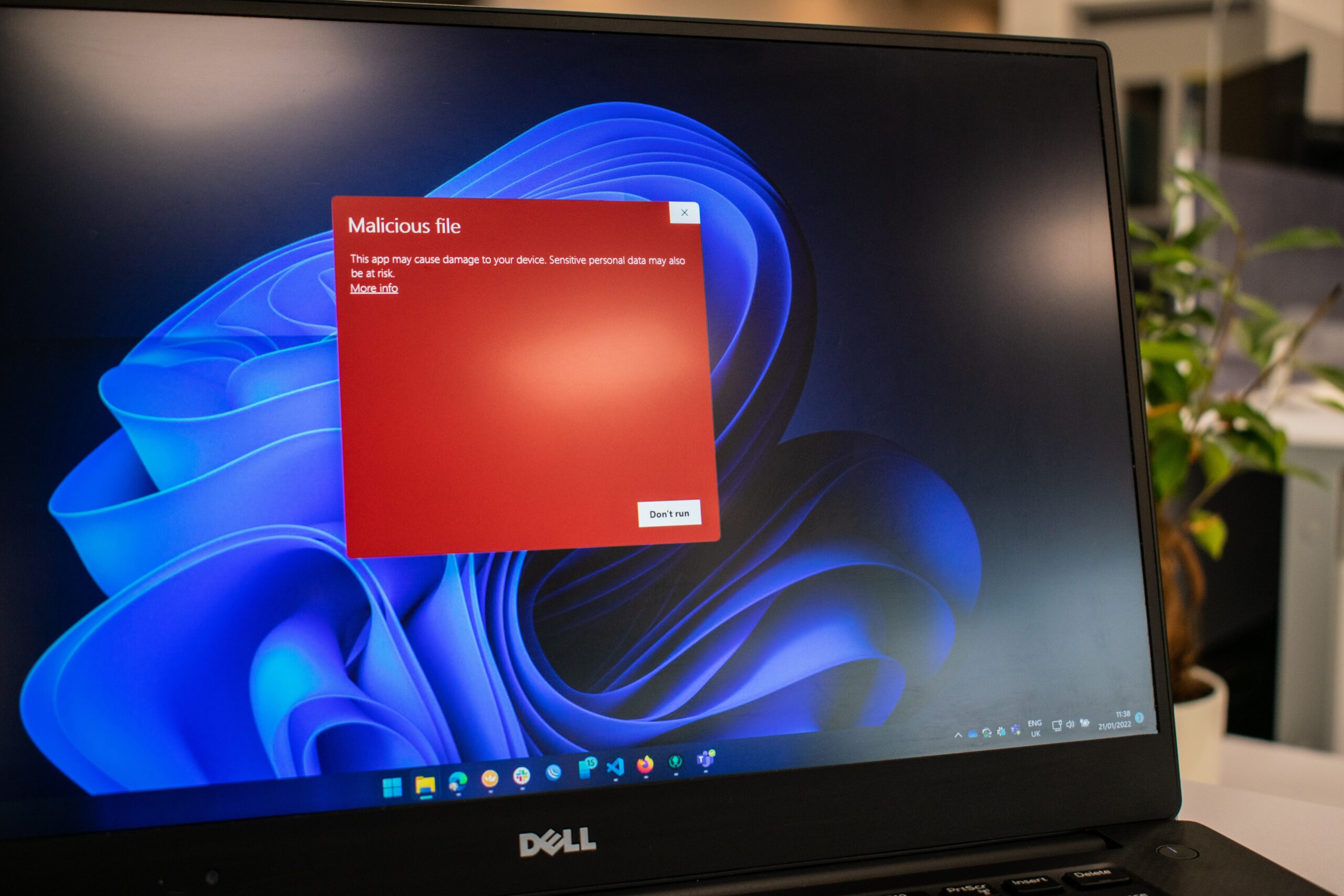As the digital landscape evolves, so do the challenges and threats that small businesses face. Cybersecurity is a top priority, and selecting the right protective measures is crucial. In the realm of network security, the decision often comes down to choosing between a traditional firewall and a next-gen firewall. In this article, we’ll explore the considerations involved in selecting the right firewall for your small business, touching on keywords such as Managed Service Providers, IT Consulting Services, and IT Support.
The Role of Firewalls in Small Business Security
Firewalls act as the first line of defense against cyber threats by monitoring and controlling incoming and outgoing network traffic. While traditional firewalls have been effective for basic protection, the rise of sophisticated cyber threats has paved the way for next-gen firewalls, offering advanced features to bolster security.
Traditional Firewall: An Overview
1. Limited Visibility: Traditional firewalls primarily focus on packet filtering, lacking the ability to inspect the contents of data packets thoroughly.
2. Protocol Filtering: These firewalls are effective at controlling traffic based on IP addresses and port numbers, making them suitable for basic security needs.
3. Cost-Effective: Traditional firewalls are generally more cost-effective, making them a viable option for small businesses with budget constraints.
4. Ease of Use: Known for their simplicity, traditional firewalls are user-friendly and can be managed with minimal expertise.
Next-Gen Firewall: The Evolution
1. Deep Packet Inspection: Next-gen firewalls go beyond protocol filtering, incorporating deep packet inspection to analyze the actual content of data packets.
2. Application Awareness: These firewalls understand and control applications at a granular level, allowing for more precise control over network traffic.
3. Advanced Threat Protection: Next-gen firewalls often include features like intrusion prevention systems (IPS), antivirus, and sandboxing to combat advanced cyber threats effectively.
4. Enhanced Visibility: With improved visibility into network activities, next-gen firewalls offer better monitoring and reporting capabilities.
Selecting the Right Firewall for Your Small Business
1. Risk Assessment: Evaluate the specific cybersecurity risks your business faces. If basic protection suffices, a traditional firewall may be suitable. For advanced threats, consider a next-gen firewall.
2. Budget Considerations: Assess your budget constraints and determine the level of investment you can allocate to network security. Traditional firewalls are generally more budget-friendly.
3. Scalability: Consider the growth trajectory of your business. Next-gen firewalls are often more scalable and adaptable to evolving business needs.
4. Managed Service Providers (MSPs): Engaging with an MSP specializing in IT Consulting Services and IT Support can help navigate the complexities of firewall selection. They provide expert advice tailored to your business’s unique requirements.
5. IT Support: Factor in the ongoing support and maintenance needed for your chosen firewall. Next-gen firewalls may require more sophisticated management, and having reliable IT support is crucial.
Partnering with Us for Your Firewall Needs
As an MSP specializing in IT Consulting Services and IT Support, we understand that selecting the right firewall is a critical decision for small businesses. Our expertise extends beyond mere product recommendations – we provide comprehensive solutions tailored to your unique cybersecurity requirements.
Whether you opt for a traditional firewall or a next-gen firewall, our team is here to guide you through the selection process, ensuring that your small business is equipped with the right level of protection. Contact us today to explore how we can enhance your cybersecurity posture and safeguard your digital assets. Your security is our priority.



